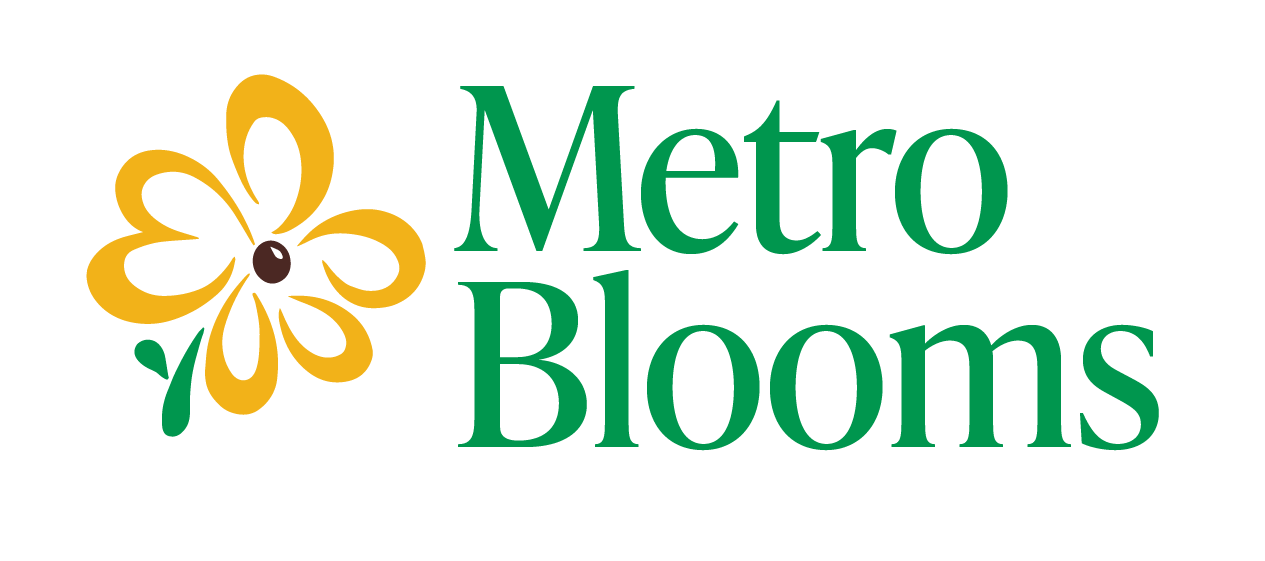Family: Poaceae
Scientific Name: Sporobolus heterolepis
This perennial prairie grass is native to the Central and Eastern United States and Canada. It requires full sun and prefers well-drained soils. For that reason, it’s also extremely drought-tolerant. Prairie Dropseed occurs commonly in prairies and along roads and gets its name from the tiny rounded seeds which drop to the ground in autumn.
Watch for: Small clumps of this grass with fine, hair-like green leaves up to 20 inches long that form an arching foliage mound 2-3 feet tall. Foliage turns golden/orange in the fall, and a light bronze in winter. Prairie Dropseed blooms in late summer, forming open, branching flower panicles on slender stems which rise well above the foliage clump. Flowers are rusty-tan and noted for their unique fragrance (notes of coriander).
Other names: Northern Dropseed
History: Sporobolus heterolepis is a native Minnesota species. It was one of the first plants used in prairie restorations as it is heat and drought tolerant and does well in habitats with naturally-occurring fires. Native Americans ground the seeds of Prairie Dropseed to make a tasty flour.
 Tidbits: Prairie Dropseed is a favorite of small rodents, which burrow in the tufts of leaves. It’s a larval food plant of the Leonard’s Skipper butterfly and the nutrition-packed seeds attract birds throughout the winter.
Tidbits: Prairie Dropseed is a favorite of small rodents, which burrow in the tufts of leaves. It’s a larval food plant of the Leonard’s Skipper butterfly and the nutrition-packed seeds attract birds throughout the winter.
Gardens/Cultivation: An attractive plant for any raingarden or green roof, Sporobolus heterolepis is slow growing and requires little maintenance. It serves as great ground cover for hot, dry areas and is considered by many to be the most handsome of the prairie grasses, due partly to its “tidy size”. This grass should be planted 18-24″ apart.
__________________________________________________
Sources:
Missouri Botanical Garden. http://www.missouribotanicalgarden.org/PlantFinder/PlantFinderDetails.aspx?kempercode=f680
North Creek Nurseries. http://www.northcreeknurseries.com/plantName
Prairie Moon Nursery. http://www.prairiemoon.com/seeds/grasses-sedges-rushes
